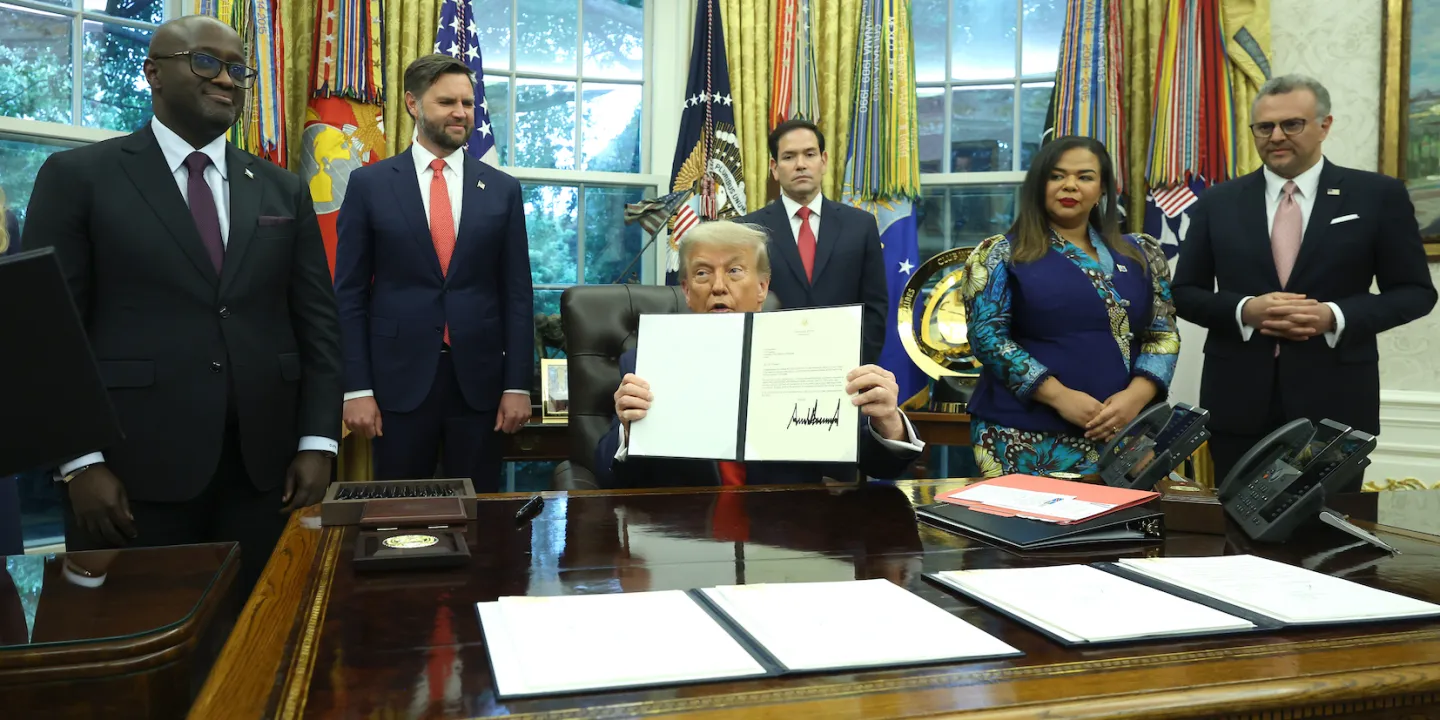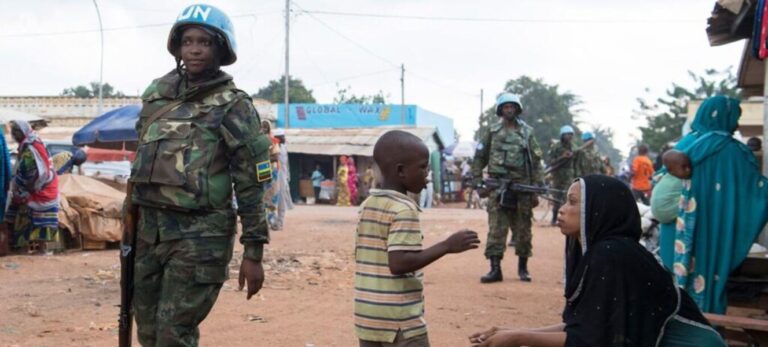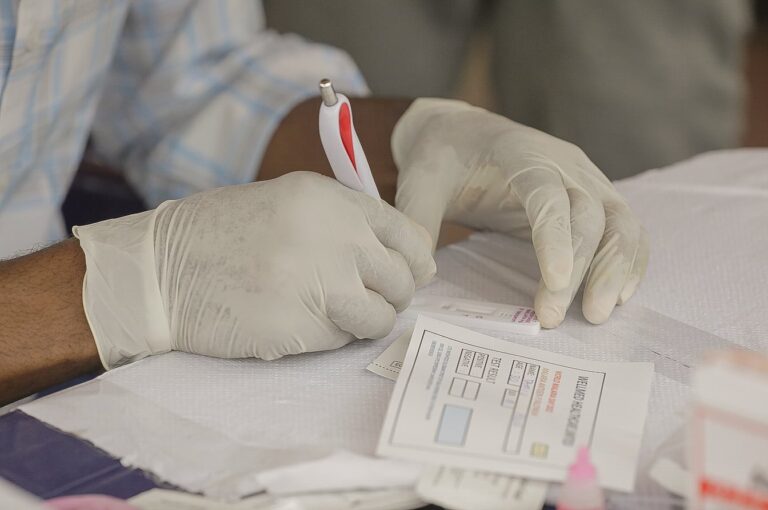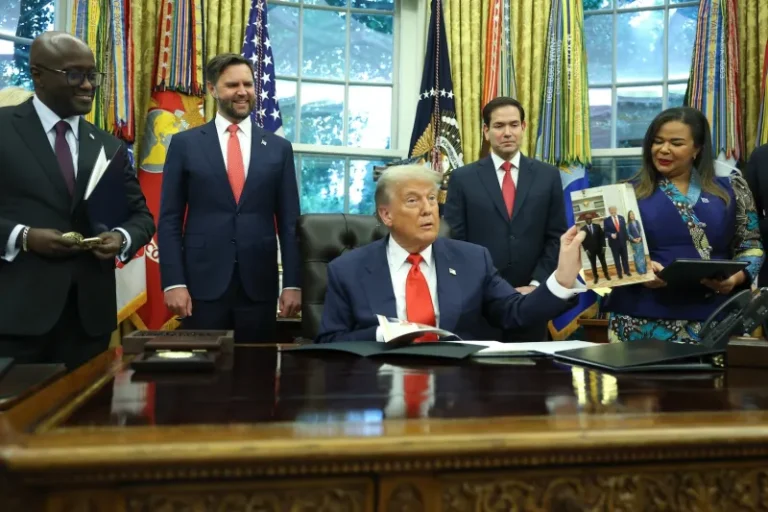Peace deal between DRC and Rwanda faces steep road to implementation

A peace agreement signed on June 27 between the Democratic Republic of Congo (DRC) and Rwanda has been hailed by many as historic, but its success hinges on the resolution of long-standing military and political obstacles.
The accord, which aims to end over 30 years of violence in eastern Congo, was brokered with support from U.S. President Donald Trump and includes clauses on territorial respect, a ceasefire, disarmament, and joint security coordination.
At the heart of the agreement lies a contentious provision: the withdrawal of Rwandan forces from Congolese territory, described diplomatically as “defensive measures,” in exchange for the neutralization of the Democratic Forces for the Liberation of Rwanda (FDLR)—a rebel group born out of the 1994 Rwandan genocide and viewed by Kigali as an existential threat.
Kinshasa has welcomed commitments to preserve its territorial integrity, while Rwanda secured pledges to act against the FDLR.
Trump has openly linked U.S. support for the peace initiative to gaining access to strategic minerals in eastern DRC.
But analysts warn that the road to peace remains fraught.
The FDLR continues to operate in Congolese territory and has reportedly collaborated with FARDC, the Congolese army, to combat the M23 rebellion.
Efforts to dismantle the FDLR since 2005 have repeatedly failed, even with the support of MONUSCO and Rwandan forces.
Another significant gap in the agreement is the absence of the M23/AFC rebels, who currently control major cities like Goma and Bukavu.
Qatar is mediating a separate negotiation track with the rebels in Doha, but talks are stalled.
The M23’s demands—including co-administration of territories, amnesty, and reintegration into state institutions—remain unacceptable to Kinshasa.
Observers also note the limited role of the African Union in the new process. Previous peace efforts under AU guidance, including the Luanda and Nairobi processes, failed to hold.
The current deal’s success may depend heavily on sustained U.S. and Qatari pressure and the operational capacity of a yet-to-be-formed joint security mechanism.
A four-month timeline has been set for neutralizing the FDLR, with implementation phases and an upcoming “minerals-for-security” economic agreement expected in September.
Still, doubts remain over enforcement mechanisms and the long-term reliability of international guarantees.
For now, peace in eastern Congo is more of a promise than a reality—dependent on fragile goodwill, complex negotiations, and a great deal of patience.
About The Author
dailymailafric
I am an avid African news observer, and an active member of Daily Mail Africa.
I’m Passionate about staying informed on diverse topics across the continent,
I actively contribute to publishing on political, economic and cultural developments in Africa.



